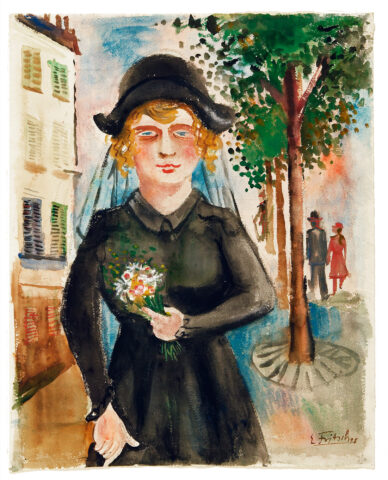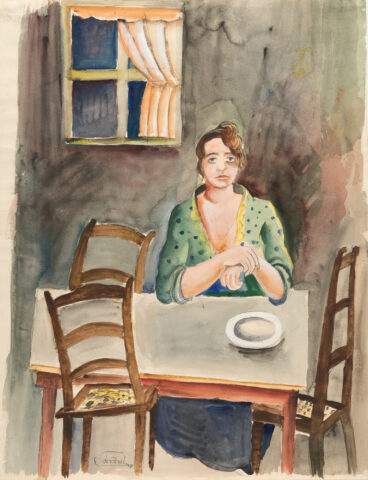Ernst Fritsch
From 1911 to 1914 Fritsch first trained as a drawing teacher at the Königliche Kunstschule in Berlin, then at the Unterrichtsanstalt des Kunstgewerbemuseums Berlin. After a few years of war service, he returned to Berlin in 1918 and became a member of the November Group and a permanent member of the Berlin Secession until 1932. From 1925 Fritsch was regularly represented with paintings at exhibitions of the New Secession in Munich. The “Rompreis” of the Prussian Academy of Arts helped Fritsch to stay in Rome and Paris. Fritsch initially worked as a freelance artist in the style of Expressionism and was increasingly regarded as a representative of New Objectivity in the 1920s. In 1933 he was banned from exhibiting by the National Socialists, and in 1937 several of his works were confiscated and banned as “degenerate”. In 1939 the National Socialists destroyed a large part of his works in the burning of paintings in the courtyard of the Berlin fire station. In the same year, he took on a teaching position at the Kunst- und Werk-Privatschule für Gestaltung in Berlin until he was called up for military service in 1942. After the Second World War, Fritsch continued to work as a professor and artist in Berlin.



